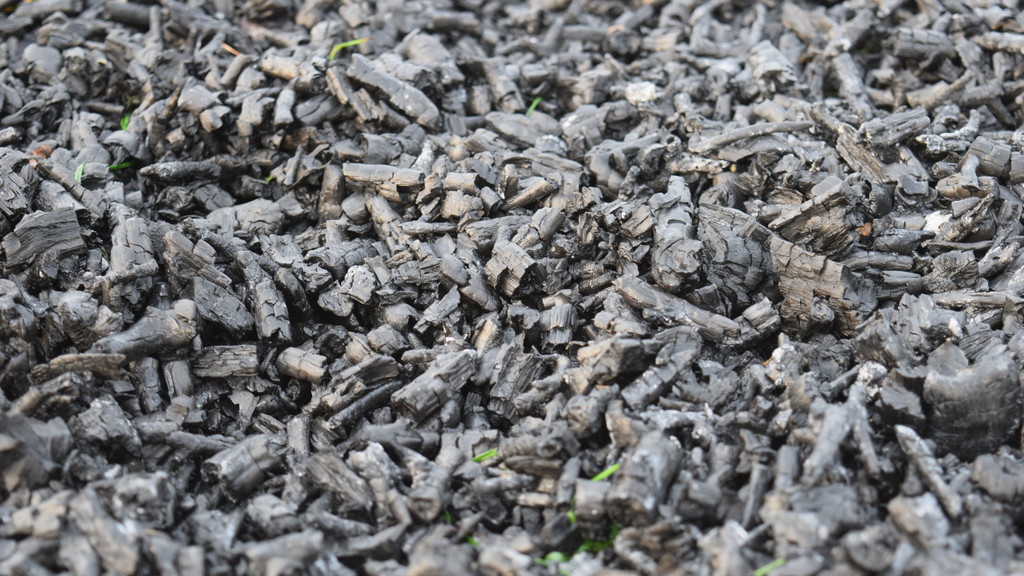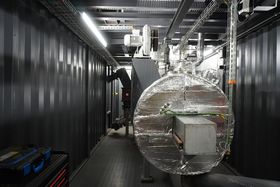


The term thermolysis refers to the thermochemical cleavage of organic compounds. In the absence of oxygen, high temperatures between 500 and 900 degrees Celsius are used to break the bonds of larger molecules and break them down into smaller ones. The organic substance is suddenly transformed into gas and solid residues. The result: part of the carbon in the mass is bound and does not escape into the atmosphere. The result is biochar and energy.
In addition to biomass, plastics, sewage sludge or used tyres can also be used for thermolysis and thus converted into higher-value products, recycled and almost completely reused. The advantage: if carbon is fixed in the form of biochar, it can be deposited in the soil as a carbon sink, for example, and thus removed from the atmosphere in the long term - a wonder weapon against climate change.
The thermolytic production of products offers great potential for greenhouse gas reduction, the carbon footprint of the thermolysis of biological residues is climate positive compared to rotting. Thermolysis also has an advantage over the incineration of organic residues; CO2 in particular is produced during incineration due to the combination with oxygen from the air. By converting waste into raw materials, thermolysis also represents a central building block for a closed-loop economy. The thermolysis process can be used in any garden, e.g. with a kiln, or for industrial use also in large-scale plants.
In addition to biochar, electricity and thermal energy can also be an end product of thermolysis. Thermolysis processes are therefore classified as a promising technology to replace fossil energy sources by increasingly using renewable raw materials to produce energy. Thus, the heat generated during thermolysis can be used for heating purposes or converted into electricity.
Large-scale automated plants are suitable for the production of biochar on an industrial scale. Suitable locations can be, for example, composting plants, city garden centres, farms, municipalities, sewage treatment plants and waste disposal companies. An industrially producing thermolysis system supported by Naturfund is presented below to illustrate the conversion of residues into biochar and energy.
Carbo-Force:
A wide range of different organic materials is suitable as input for the Carbo-Force thermolysis plants, from wood, horse manure and chicken dung to fermentation residues or sewage sludge. The chopped biomass is sealed airtight in a corresponding reactor and heat is then added. As there is no oxygen in the reactor, the organic components are prevented from burning. At the same time, a slight negative pressure is created in the reactor, which extracts the gases from the organic mass, which rise into a combustion chamber and are burnt there. Energy is generated. The biomass is converted by this process in the thermolysis plant into hot vapours and biochar within a very short time. From 240 kilograms of wood chips, about 65 to 70 kilograms of biochar are produced. One tonne of biochar can bind around 3.6 tonnes of CO2, depending on the starting material.
The plant's output can be summarised in three main groups: In addition to biochar, Carbo-Force's units produce energy in the form of heat, steam, electricity and synthesis gas. Heat generated in the process that is not needed for the carbonisation process can be used as district heating or converted into electricity as steam. In addition, the process releases carbonisation gas, which can be discharged and used as product gas for power generation and other purposes. The third output group of the thermolysis process represents the possibility of reducing CO2 by permanently binding greenhouse gases in the biochar. The plant thus produces CO2 assets that are suitable for offsetting or can be offered on the offset market.
